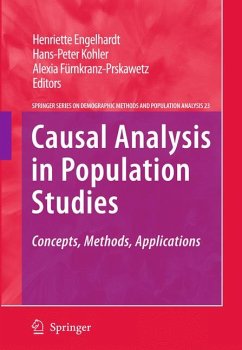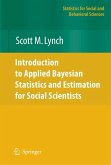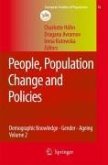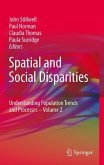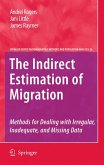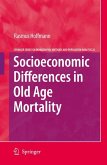In population studies, most research is based on non-experimental designs (observational or survey designs) and rarely on quasi experiments or natural experiments. Using non-experimental designs to infer causal relationships-i.e. relationships that can ultimately inform policies or interventions-is a complex undertaking. Specifically, treatment effects can be inferred from non-experimental data with a counterfactual approach. In this counterfactual perspective, causal effects are defined as the difference between the potential outcome irrespective of whether or not an individual had received a certain treatment (or experienced a certain cause). The counterfactual approach to estimate effects of causes from quasi-experimental data or from observational studies was first proposed by Rubin in 1974 and further developed by James Heckman and others.
This book presents both theoretical contributions and empirical applications of the counterfactual approach to causal inference.
Dieser Download kann aus rechtlichen Gründen nur mit Rechnungsadresse in A, B, BG, CY, CZ, D, DK, EW, E, FIN, F, GR, HR, H, IRL, I, LT, L, LR, M, NL, PL, P, R, S, SLO, SK ausgeliefert werden.
"This book contains a selection of nine of the contributions to a conference with the same title as the book, held in Vienna in December 2006. ... The editors should be complimented for providing a clear focus on the econometric analysis of aspects of demographic behavior by issuing all these papers in a single volume. ... Their appearance in a single volume will hopefully inspire more interest in economic demography among economists and more interest in econometric issues among demographers." (Jan M. Hoem, European Journal of Population, Vol. 26, October, 2010)

